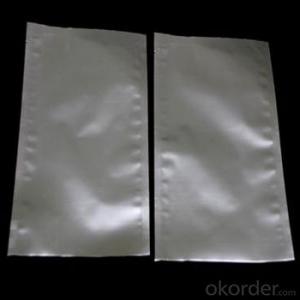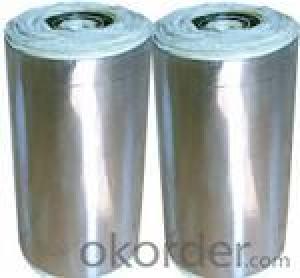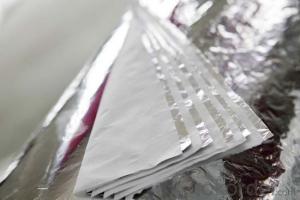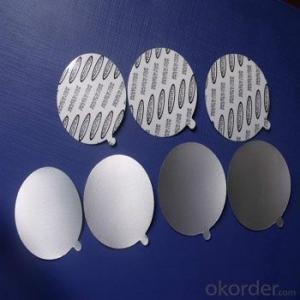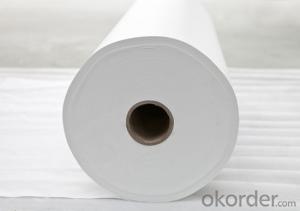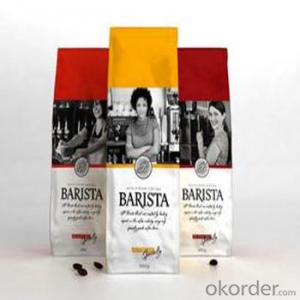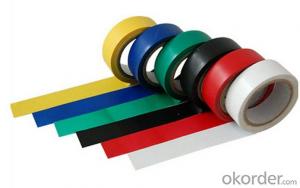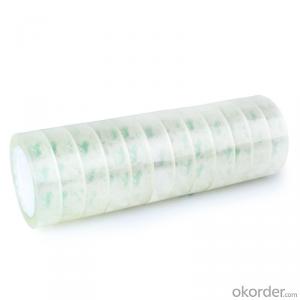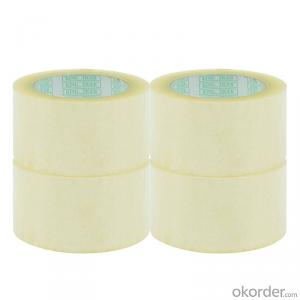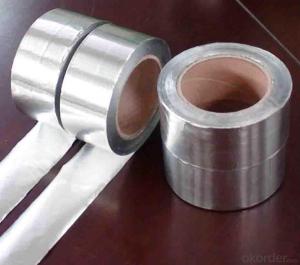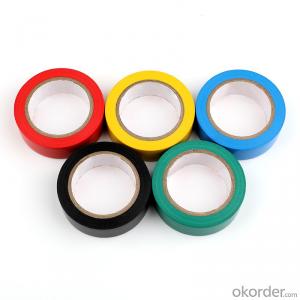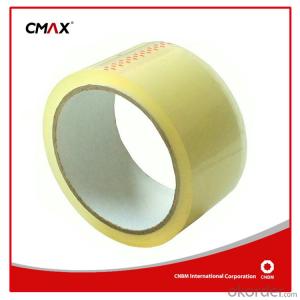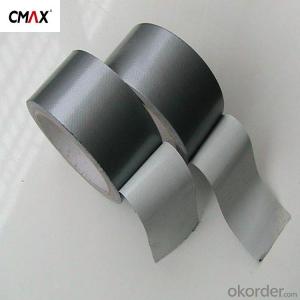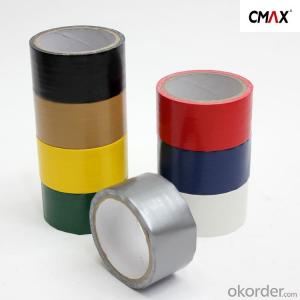Black Owned Aluminum Foil
Black Owned Aluminum Foil Related Searches
Led Light Bulbs For Ceiling Fixtures Led Lamps For Ceiling 42 In Ceiling Fan With Light Aluminum Coil Stock For Gutters Aluminum Foil For The Grill Hole Saw For Aluminum Plate Aluminum Tread Plate For Trailer Bow Plate For Aluminum Boat Aluminum Foil For Grow Room Aluminum Foil For Joint PainHot Searches
Stock Price For Aluminum Aluminum Coil Stock For Sale Aluminum Gutter Coil For Sale Used Aluminum Scaffolding For Sale 1/4 Aluminum Plate For Sale Aluminum Bar Stock For Sale Aluminum Round Stock For Sale Aluminum Diamond Plate For Sale Aluminum Scaffolding For Sale Craigslist 6061 Aluminum Plate For Sale Aluminum Dock Plate For Sale 7075 Aluminum Plate For Sale Aluminum Tread Plate For Sale Aluminum Checker Plate For Sale Aluminum Plate For Sale Near Me Plate Aluminum For Sale Aluminum Plate For Sale Aluminum Square Stock For Sale Aluminum Flat Stock For Sale Billet Aluminum Stock For SaleBlack Owned Aluminum Foil Supplier & Manufacturer from China
Okorder.com is a professional Black Owned Aluminum Foil supplier & manufacturer, offers integrated one-stop services including real-time quoting and online cargo tracking. We are funded by CNBM Group, a Fortune 500 enterprise and the largest Black Owned Aluminum Foil firm in China.Hot Products
FAQ
- To remove packaging tape residue, you can start by applying a small amount of oil or rubbing alcohol to a cloth or sponge and gently rubbing the affected area. This should help loosen the adhesive. Alternatively, you can also try using a mixture of warm water and dish soap, or a commercial adhesive remover. Make sure to test any method on a small, inconspicuous area first to ensure it doesn't damage the surface.
- For the moment the yellow rubber stamp [] how to use paper and pen, pen parts packaging tape?
- If the mud is in small yellow, it's better to put some tape around your fingers and wrists...
- When using packaging tape on fragile items like glassware, there are a few important considerations to keep in mind. Firstly, it is crucial to choose a tape specifically designed for delicate items, such as a tape labeled as "fragile" or "gentle." This type of tape is typically thinner and less adhesive, reducing the risk of damage to the fragile surface. Secondly, it is recommended to use multiple layers of tape to provide extra protection. Applying multiple strips of tape in a crisscross pattern can help reinforce the packaging and prevent it from easily tearing or breaking during transit. Additionally, it is essential to ensure that the glassware is properly cushioned and protected before taping. This can be achieved by using bubble wrap, foam inserts, or packing peanuts to create a buffer around the items and absorb any shocks or impacts during transportation. Lastly, it is advisable to clearly label the package as fragile to alert shipping carriers and handlers to exercise extra caution when handling the package. This can help minimize the chances of mishandling and reduce the risk of damage to the glassware. By considering these factors, one can enhance the chances of safely transporting fragile items like glassware using packaging tape.
- Yes, packaging tape can be used for sealing gardening or outdoor equipment. Packaging tape is designed to securely seal boxes and packages, making it ideal for sealing equipment such as gardening tools, outdoor furniture, or other outdoor gear. It provides a strong and durable seal that can withstand outdoor conditions, including moisture and temperature changes. However, it is important to note that if the equipment or packaging tape will be exposed to extreme weather conditions or prolonged outdoor use, it may be more appropriate to use specialized outdoor or weather-resistant tape for enhanced durability and longevity.
- Yes, packaging tape can be used for sealing packages with electronic components. However, it is important to ensure that the tape used is anti-static or ESD (electrostatic discharge) safe, as regular packaging tape can generate static electricity and potentially damage the sensitive electronic components.
- In the market, one can find various colors of packaging tape. Although clear is the most commonly used color, there are also options like brown, white, black, and even vibrant choices such as red, blue, green, and yellow. The multiple colors of packaging tape serve different purposes. For instance, brown tape is frequently employed for sealing boxes and packages, white tape is commonly used for labeling or writing on, and colored tapes can be utilized for color-coding or enhancing the appearance of packages. The presence of diverse colors enables individuals and businesses to select the tape that best suits their specific requirements.
- The performance of packaging tape can vary depending on the type of tape and the chemicals or solvents it is exposed to. Generally, packaging tapes are designed to resist common household chemicals like cleaning agents, oils, and water-based solvents. These tapes are typically made from materials with excellent chemical resistance properties, such as polypropylene or PVC. As a result, they can maintain their adhesion and integrity even when exposed to moderate amounts of chemicals or solvents. However, it is important to be aware that certain aggressive chemicals or solvents, like strong acids or organic solvents, may have a negative impact on the tape's performance. These highly corrosive substances can cause the tape to degrade, lose its adhesive properties, or dissolve completely. To ensure optimal performance, it is recommended to consult the manufacturer's information on chemical resistance properties for the specific packaging tape being used. They can provide guidance on whether the tape is suitable for different types of chemicals or solvents. Additionally, conducting small-scale tests or trials to assess the tape's performance when exposed to specific chemicals or solvents before using it for critical packaging applications is advisable. In conclusion, packaging tape generally performs well when exposed to common household chemicals or solvents. However, its performance may be compromised when exposed to aggressive or corrosive substances. It is important to refer to the manufacturer's guidelines and conduct tests, if necessary, to ensure that the tape is suitable for the specific chemical or solvent it will be exposed to.

















